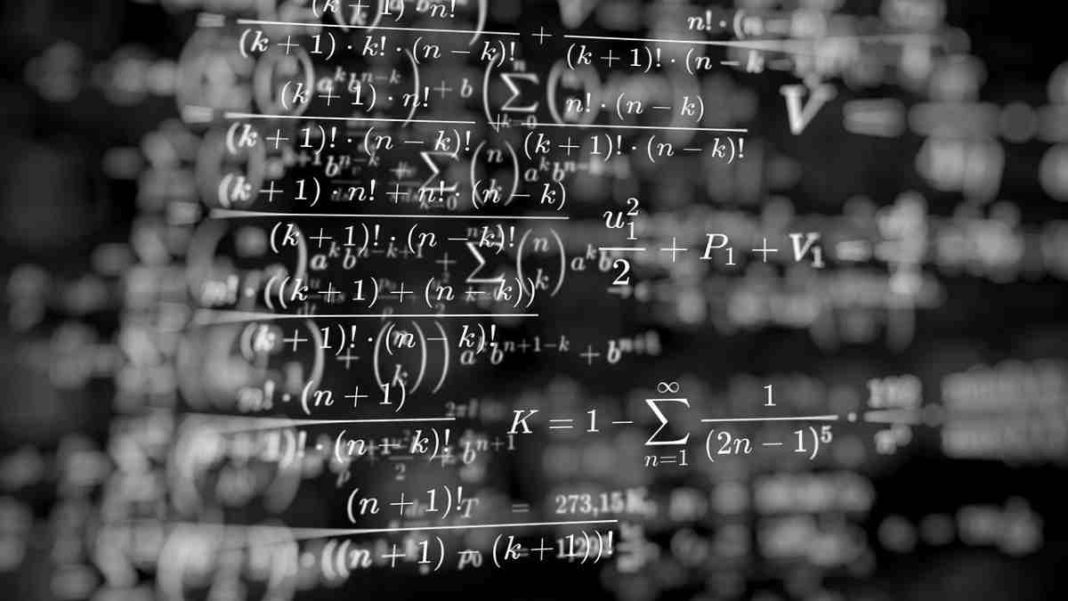INDIA: Russell’s Paradox is a fascinating logical puzzle that has perplexed mathematicians and philosophers for over a century.
Named after the renowned British philosopher and mathematician Bertrand Russell, this Paradox exposes a fundamental flaw in set theory and challenges our understanding of self-referential statements.
To understand Russell’s Paradox, let’s delve into the realm of sets. In set theory, a set is a collection of distinct objects, such as numbers, letters, or other sets.
For example, we can have a set of fruits that includes apples, oranges, and bananas. Now, consider the set of all sets that do not contain themselves as elements. This condition is where the Paradox arises.
If we assume this set exists, let’s call it R, then we encounter a contradiction. If R contains itself as an element, it contradicts the assumption that R only has sets that do not contain themselves.
On the other hand, if R does not contain itself as an element, it satisfies the condition of being in R, leading to another contradiction.
This Paradox arises from the idea of self-reference. In the case of R, it refers to itself in defining its membership criteria, creating a paradoxical situation where it cannot exist as a set.
The Paradox questions the logical consistency of set theory and raises profound philosophical questions about the nature of sets and their definitions.
Bertrand Russell first discovered this Paradox in 1901 while working on the foundations of mathematics. It had significant implications for the logical and philosophical systems of the time.
Russell’s Paradox demonstrated that certain assumptions in set theory could lead to contradictions, challenging the foundations of mathematics itself.
To resolve this Paradox, mathematicians and logicians developed various approaches, including axiomatic set theories that carefully defined the conditions for set formation.
One of the most effective responses was the development of Zermelo-Fraenkel set theory (ZF), which provides a formal framework for set theory, incorporating axioms that avoid the Paradox.
ZF set theory avoids Russell’s Paradox by restricting the formation of sets in specific ways. It introduces the concept of the “axiom of regularity,” which ensures that no set can contain itself as an element.
By carefully formulating the rules and axioms of set theory, mathematicians aim to create a consistent and coherent foundation for mathematics.
Beyond mathematics, Russell’s Paradox has also sparked philosophical debates about the nature of self-reference, logic, and the limitations of formal systems.
The Paradox challenges our intuitive understanding of sets and raises profound questions about the boundaries of human knowledge.
Also Read: The Mind-Bending Gibbs Paradox: Exploring the Strange Behaviour of Mixing Identical Gases



